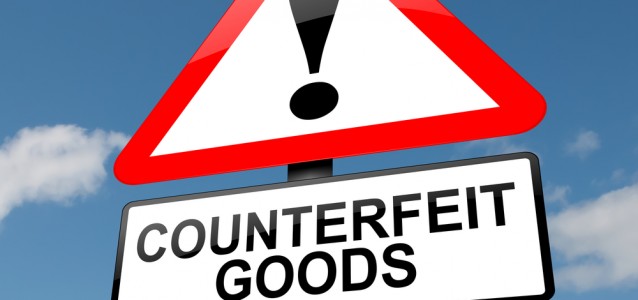Counterfeit products and components continue to be an alarming problem in any country. Sometimes, the product is not total counterfeit but only some of its parts, making further more difficult understand that the model is not totally genuine.
Of course this case is not less dangerous than the others, as it recently shows the seizure of more than 5,200 counterfeit refrigerator water filters by the U.S. Customs and Border Patrol’s at the Los Angeles/Long Beach Seaport. The North American home appliances association, AHAM immediately underlined that this is a stark reminder that serious health and safety risks can lurk in even routine household purchases.  “Given that filters typically filter 400 gallons before they are replaced – it is published in a press release of the Association – the 5,200 counterfeit filters seized represent more than 33 million glasses of water. Counterfeit filters have flooded on-line marketplaces in recent years, attracting customers with discount prices. Last year, seizures netted more than 65,000 counterfeit filters. While it can be difficult to distinguish counterfeit filters from genuine models, the difference in quality and performance could not be more critical. Counterfeit water filters are built with cheap, subpar materials and do not effectively remove contaminants.” AHAM conducted testing on counterfeit filters and found that the counterfeits consistently failed to remove harmful substances like lead and cysts. In some cases, the counterfeit filters even added contaminants to the water. Furthermore, counterfeit filters create the risk for leaks and resulting property damage, as they are not designed to fit the specific model of refrigerator.
“Given that filters typically filter 400 gallons before they are replaced – it is published in a press release of the Association – the 5,200 counterfeit filters seized represent more than 33 million glasses of water. Counterfeit filters have flooded on-line marketplaces in recent years, attracting customers with discount prices. Last year, seizures netted more than 65,000 counterfeit filters. While it can be difficult to distinguish counterfeit filters from genuine models, the difference in quality and performance could not be more critical. Counterfeit water filters are built with cheap, subpar materials and do not effectively remove contaminants.” AHAM conducted testing on counterfeit filters and found that the counterfeits consistently failed to remove harmful substances like lead and cysts. In some cases, the counterfeit filters even added contaminants to the water. Furthermore, counterfeit filters create the risk for leaks and resulting property damage, as they are not designed to fit the specific model of refrigerator.
AHAM also gave some indication on how to understand if a filter could be counterfeit or not. Besides a lower-than-normal cost, other signs that a filter may be counterfeit are:
• Weight: Counterfeit and deceptively labeled filters often weigh less than genuine filters because they lack the amount of carbon and other filtration products needed to filter water properly.
• Certification Symbol: Many counterfeit and deceptively labeled products do not contain an authentic certification symbol on the packaging. Those that do may feature a small certification logo that is designed to trick consumers into thinking the product has been tested.
• Glossy Packaging: Many counterfeits are designed to look more expensive – and therefore more trusted – using a glossy or shiny finish on the box.



